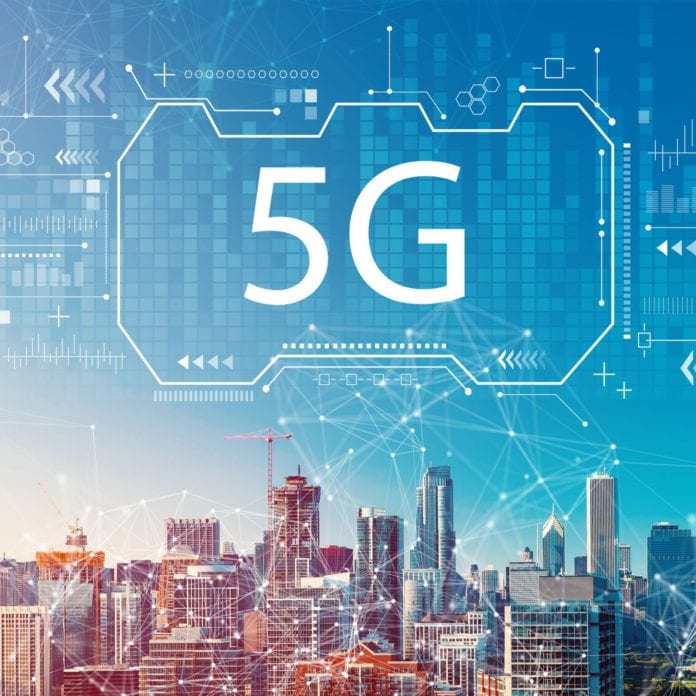Qualcomm Technologies, Inc. is hard at work shaping the future of 5G as public networks continue to expand and improve, and ecosystem stakeholders work to harness 5G to power the Fourth Industrial Revolution. Vice President of Engineering John Smee, in an interview with RCR Wireless News, discussed the coming transition from 5G to 5G Advanced–the naming construct associated with the forthcoming 3GPP Release 18–and various important advancements that are shaping the future of connected mobile and computing experiences for consumers and businesses.
Smee noted that the company is focused not only on capacity, coverage and latency improvements, but also extending 5G into new verticals. “The key takeaways at Qualcomm is we’re continuing to drive that wireless research future forward,” Smee said. “We’re taking 5G into 5G Advanced and Release 18 and beyond, setting that next stage and point of inflection for 5G evolution.”
Qualcomm has for years invested in machine learning and artificial intelligence to bring personalized experiences to handset users and is now tapping that expertise to help mobile network operators more quickly and effectively plan, deploy and optimize increasingly complex 5G networks.
“When you think of machine learning, it’s in some sense an accurate way to look at it [as a] transformation—from something that’s model driven to data driven,” Smee said. “The ability to have data and have that machine learning train on that data is something that can transform networks…From the operator standpoint, it can increase that cost efficiency, enabling those more effective deployments where you’re putting just the right infrastructure at just the right spot.”
Another area of focus for Qualcomm is supporting densification of millimeter wave 5G networks. In addition to the company’s work around machine learning-based network topology planning and optimization, Qualcomm is also advancing millimeter wave beamforming to extend the reach of high-band spectrum, working on smart repeaters as well as integrated access and backhaul to bring millimeter wave to sites not connected to fiber, and exploring how repeaters can bring multi-gigabit per second experiences to in-building environments.
“The goal of millimeter wave is to get that bandwidth and data rates to more and more users more cost effectively,” Smee said. The combo of in-building repeaters and IABs, he said, “It’s a great example of how that topology can get denser” while still minding operator’s capital budgets.
NR Light (or Reduced Capability–RedCap in 3GPP terminology) is another area of focus for Qualcomm. As IoT and other non-traditional connected devices, both mobile and fixed, proliferate with the digital transformation of industries, NR Light was codified in 3GPP Release 17; the idea is to iterate on the work done with Release 16 by broadening and optimizing 5G for new classes of devices. NR Light can occupy very narrow channels, 10 to 20 megahertz, and deliver 100 Mbps downlink and 50 Mbps uplink. Set for further advancement with Release 17, NR Light is suitable for a range of use cases, including high-end wearables and industrial IoT.
“This opens up a huge number of types of devices,” Smee said. “And we’re not really stopping…as we see 5G evolution continuing into Release 18, 19 and 20, we also feel that NR Light will continue forward, connecting more IoT devices…We’re very optimistic about that 5G expansion.”
In addition to the above, Qualcomm has also demonstrated their latest innovations across a wide range of other research areas, such as industrial IoT, 5G automotive, boundless XR, 5G green networks, and more.
Click here for more content, including demos and live interviews, from Qualcomm’s recent Advanced 5G Research Demonstrations for MWC ’21.

